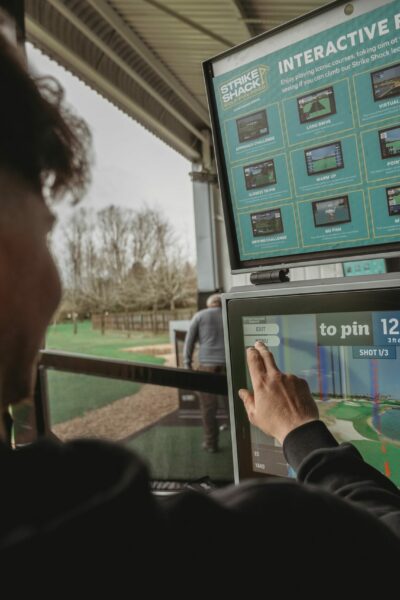Professional life
Small breaks during the workday can increase health and performance. But taking the phone out can have the opposite effect, while a dog can do the job. Here are the best tips from Canada, where researchers reviewed more than 80 studies on breaks.
Becoming more productive doesn’t necessarily mean spending more time on your job. In fact, the “work until you finish” instinct can lead to a negative spiral where fatigue and stress continually deteriorate performance. On the other hand, the right kind of breaks can increase productivity.
But breaks can be taken in widely different ways. Is exercise, browsing social media, a short walk, or conversation with colleagues what works? Some have the opposite effect, says a group of researchers in Canada who collected the results of more than 80 different studies on rest periods.
In an article published in the Harvard Business Review, two researchers – Zhanna Ljubekh and Duygu Berecik Gulceren – offer their best advice to workers and managers:
This is what you should think about when you take breaks
Length and timing. Many short breaks, for example, to stretch, chat or look out the window are often more effective than long breaks. This is particularly the case early in the day, and in the afternoon rest periods may need to be a little longer to have an effect.
Where are you. Stretching at your desk and going for a walk may seem like similar activities. But research shows that breaks outside, especially in green spaces, are more effective.
What do you do. 97 percent said they use their breaks to browse social media. But research shows that it leads to emotional exhaustion, lack of creativity, and decreased engagement. Researchers write that some forms of physical activity, especially if done regularly, produce much better effects.
To meet an animal. Petting a dog reduces the stress hormone cortisol. Therefore, researchers strongly suspect that interacting with pets during rest periods can be beneficial.
Managers should think about this
To create a positive image of comfort. A manager who speaks negatively about employees’ breaks can discourage them from doing what it takes to recharge their batteries. Instead, holding group sessions where everyone can share their best breakout tips can have the opposite, positive effect.
Take special breaks. Leading by example also applies to breaks. A manager who takes regular walks in the park outside the office communicates to employees that it is all well and good to step back from their role at work for a period of time every now and then.
To schedule rest periods. Research shows that many employees have difficulty taking much-needed breaks. Therefore, it may be a good idea to schedule it, as long as it is done carefully. Controlling breaks at certain times can damage employees’ sense of autonomy, but advocating for a “total of one hour break per day” or offering social or physical activities in the office can provide sufficient control.
Create spaces for rest. As mentioned earlier, environment is important during rest periods. Ensuring there is a garden near the workplace, or creating an indoor garden with break areas and plants, has a dual effect – it also signals to employees that management has thought about and encouraged breaks.

“Extreme tv maven. Beer fanatic. Friendly bacon fan. Communicator. Wannabe travel expert.”







More Stories
Caroline Rahn receives migraine research grant
Nails that can hurt you
Health promotion work can postpone the elderly's need for care